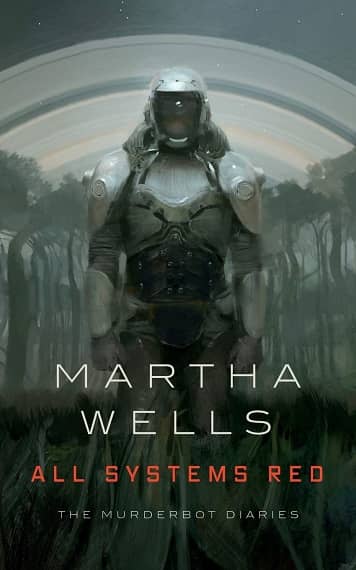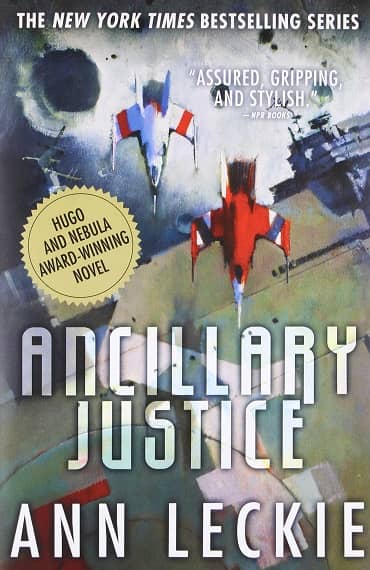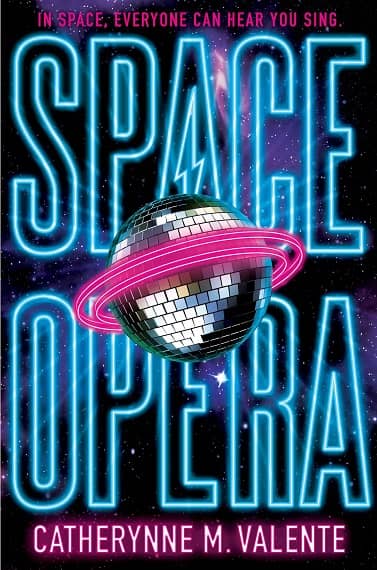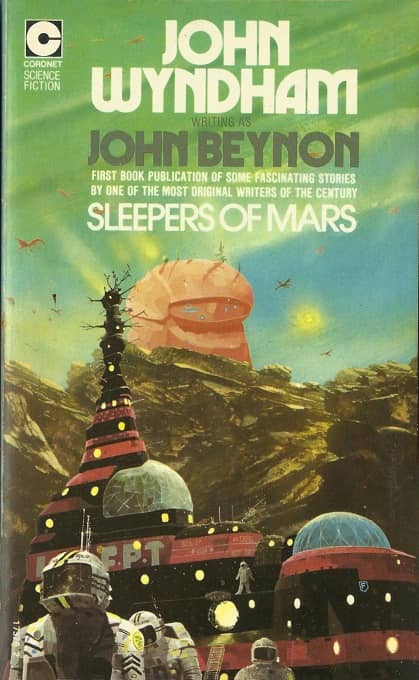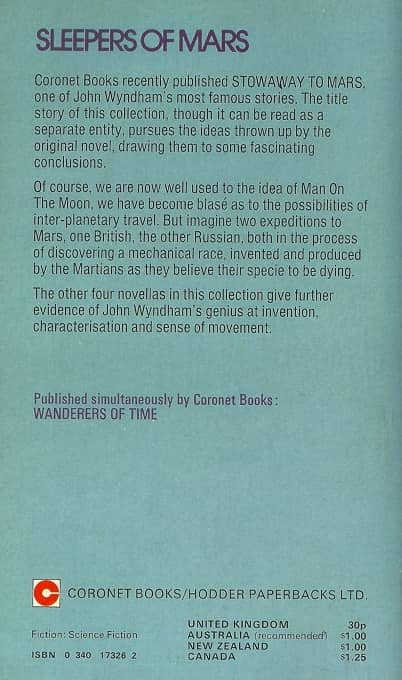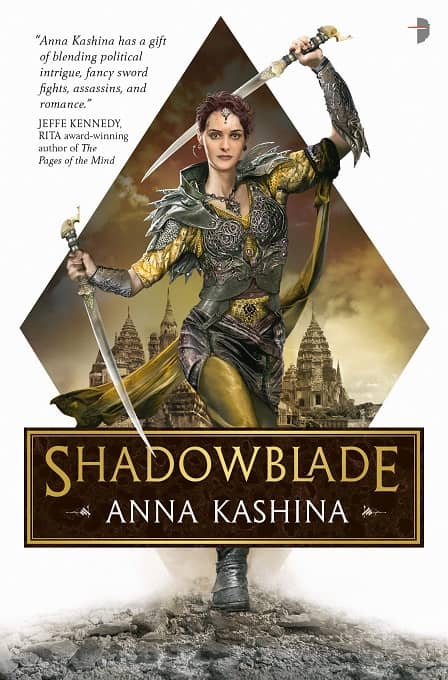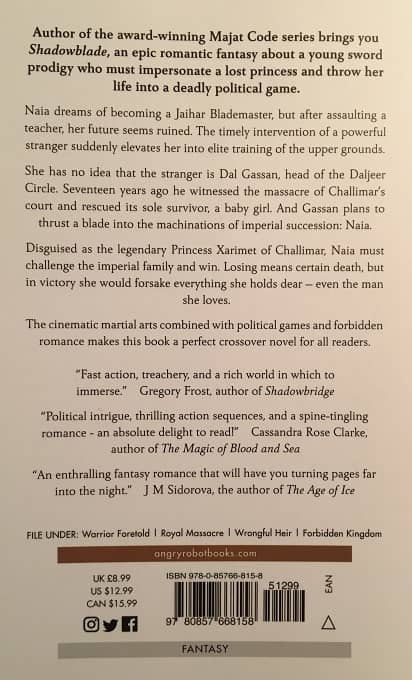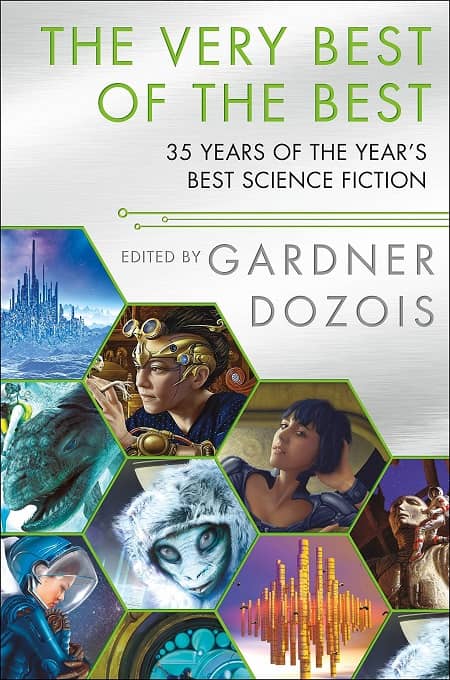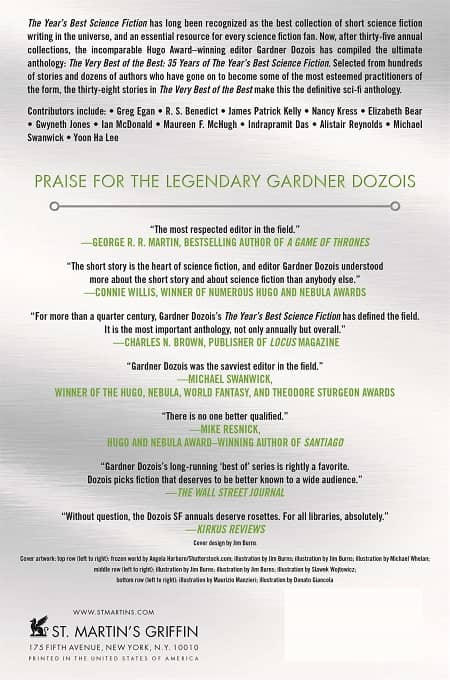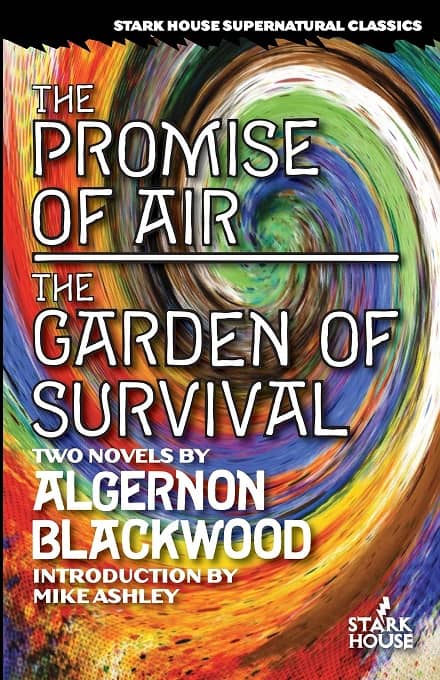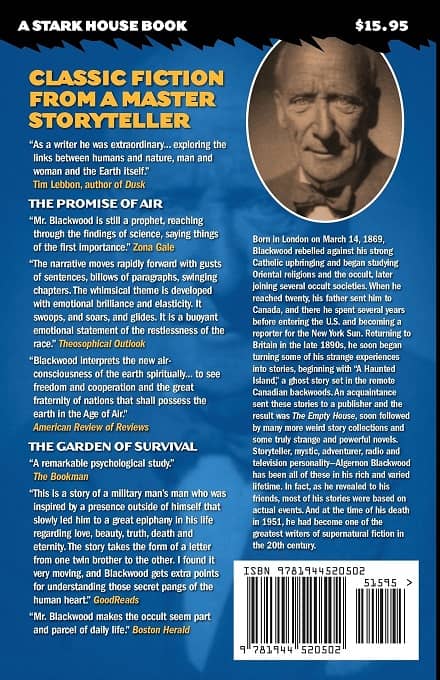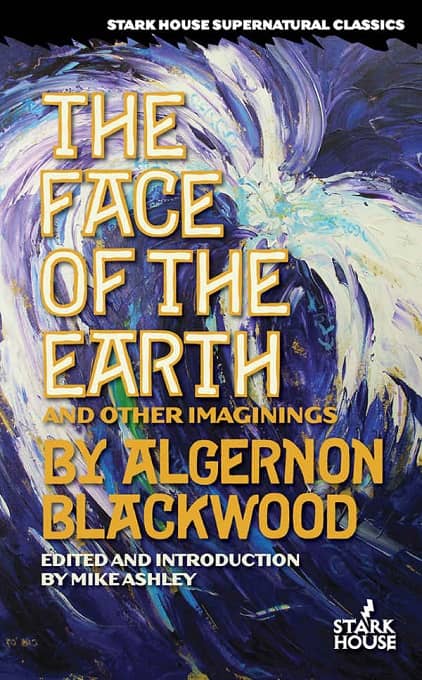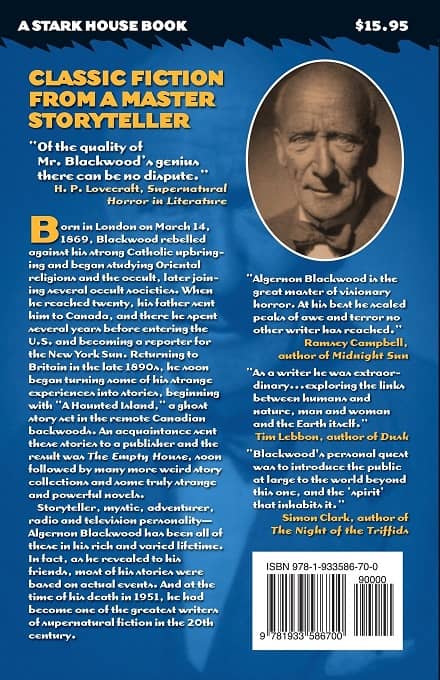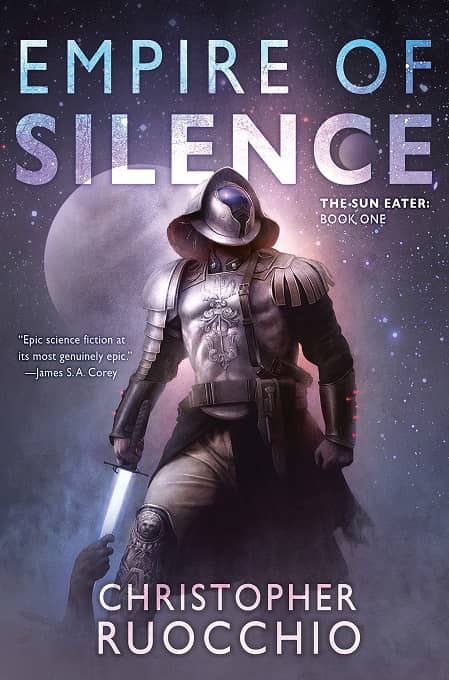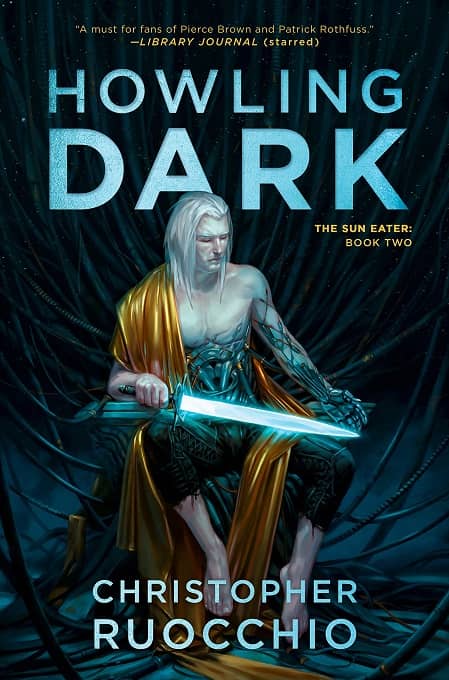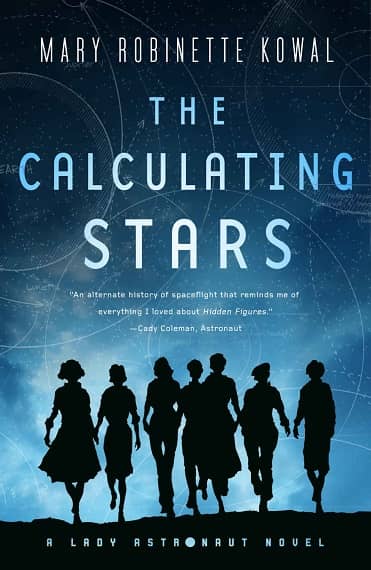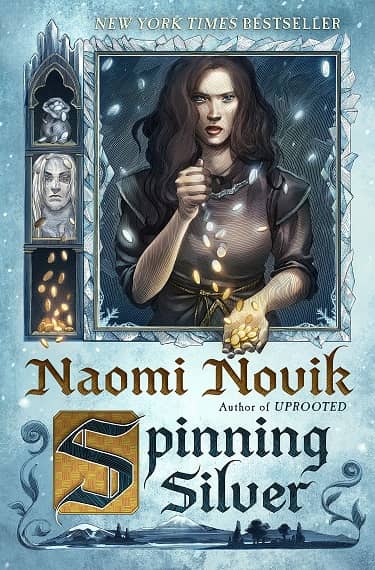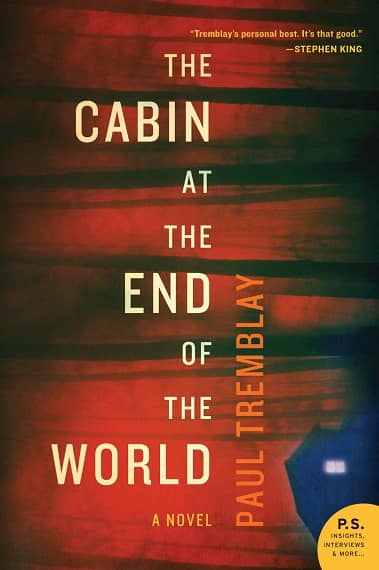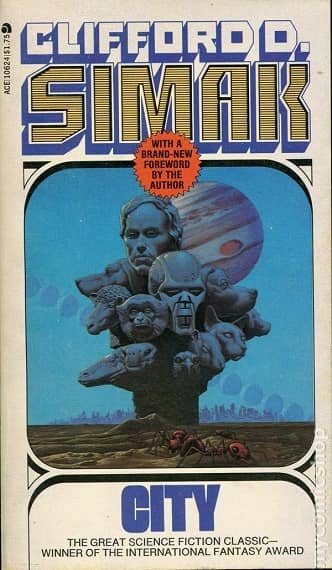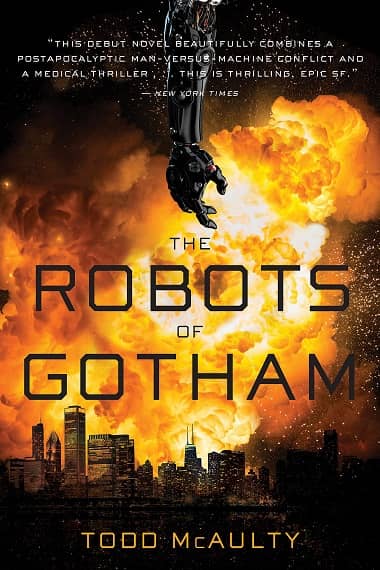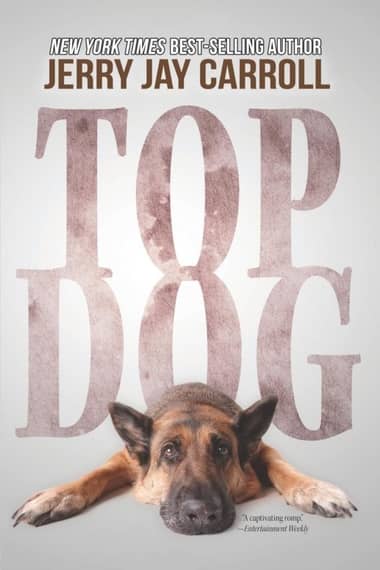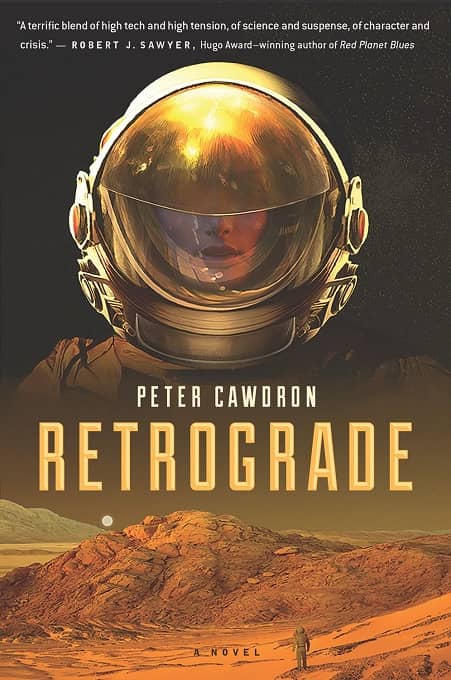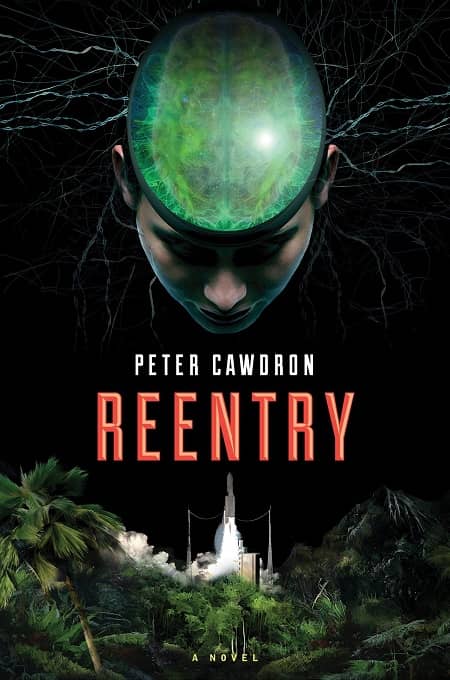A Tale of Two Covers: Sweet Dreams by Tricia Sullivan
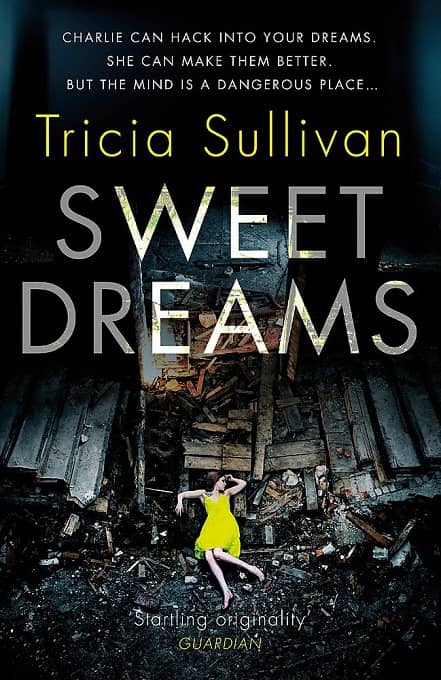 |
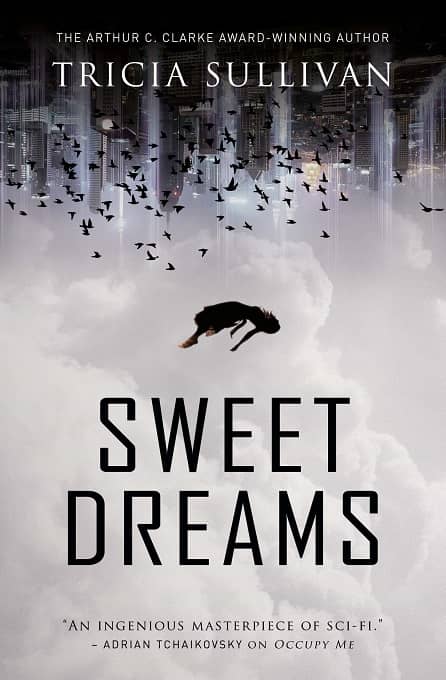 |
Covers by Andrzej Kwolek (Gollancz, 2017) and Natasha Mackenzie (Titan, 2019)
Tricia Sullivan’s third novel Dreaming In Smoke won the Arthur C. Clarke Award. Her first, Lethe, was nominated for the Locus Award for Best First Novel in 1995; her most recent was Occupy Me, which we discussed earlier this year. She writes cyberpunk, space opera, and near-future satire, and has been shortlisted for the BSFA Award, the Tiptree Award, the Arthur C. Clarke Award and the John W. Campbell Memorial Award.
Titan is reprinting her 2017 near-future thriller Sweet Dreams later this month, with a brand new cover designed by Natasha Mackenzie (above right). It’s quite a departure from the Gollancz (UK) cover by Andrzej Kwolek (above left), which has a strong YA dystopian vibe; the Mackenzie version seems more reminiscent to me of Inception-style cyber-thrills and conspiracies. Tough to say which one I prefer… here’s the description; let me know which one you think is more appropriate in the comments.
Charlie is a dreamhacker, able to enter your dreams and mold their direction. Forget that recurring nightmare about being naked in an exam — Charlie will step into your dream, bring you a dressing gown and give you the answers. In London 2022 her skills are in demand, though they still only just pay the bills.
Hired by a celebrity whose nights are haunted by a masked figure who stalks her through a bewildering and sinister landscape, Charlie hopes her star is on the rise. Then her client sleepwalks straight off a tall building, and Charlie starts to realize that these horrors are not all just a dream…
Sweet Dreams will be published by Titan Books on July 23, 2019. It is 410 pages, priced at $14.95 in trade paperback and $9.99 in digital formats. Read the first 40 pages at Google Books, and check out our other Tales of Two Covers here.
